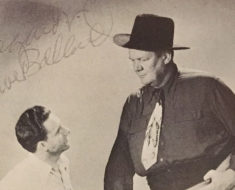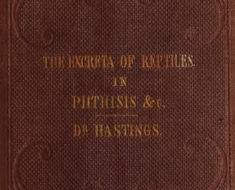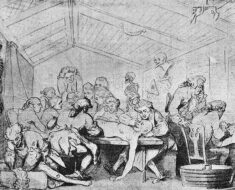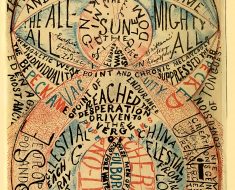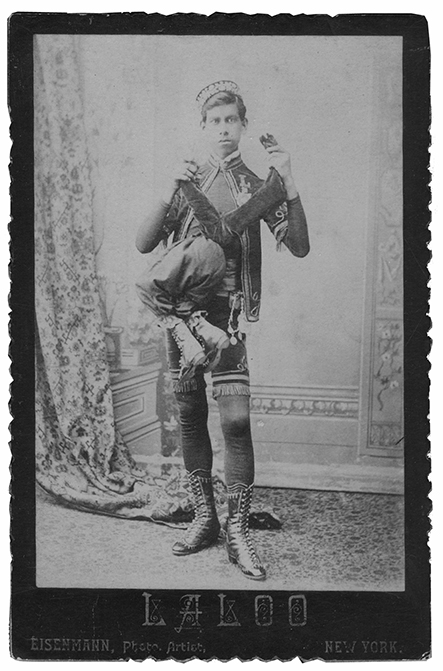
Laloo. Photo by Chas. Eisenmann. Hartzman collection.
In the late 1800s, a man named Laloo was a sideshow sensation who amazed audiences by exhibiting his twin. His twin was attached at his torso, jutting out from beneath his chest with four limbs and a functioning penis. Although the latter limb wasn’t discussed, since showmen dressed the brother—known as a parasitic twin—as a sister. Just to make things even stranger.
In the 1930s, Betty Lou Williams reportedly made $1,000 a week exhibiting her parasitic twin. The little sister had two legs and an arm. Betty Lou appeared at the 1933 Ripley’s Believe It Or Not! Odditorium when she was just one year old.
This condition occurs when an embryo begins to split, but does not complete the process. One sibling stops growing, resulting in a part of the twin surviving off the other.
But centuries before Laloo and Betty Lou Williams, there was Lazarus and Johannes Baptista Colloredo. Born in 1617 in Genoa, Italy, Colloredo would exhibit himself all across Europe during his lifetime. Colloredo is among the earliest—and most extraordinary—recorded cases of parasitic twins. Danish anatomist, Thomas Bartholinus, described him thoroughly, as detailed in the 19th-century book, Kirby’s Wonderful and Eccentric Museum:
I saw, saith Bartholinus, Lazarus Colloredo, the Genoese, first at Copenhagen, after at Basil, when he was twenty-eight years of age, but in both places with amazement. This Lazarus had a little brother growing out at his breast, who was in that posture born with him. If I mistake not, the bone, called xyphoides, in both of them grew together; his left foot along hung downwards; he had two arms but only three fingers upon each hand: some appearance there was of the secret parts: he moved his hands ears and lips,
Lazarus-Johannes Baptista Colloredo. Image from Anomalies and Curiosities of Medicine, 1896.
and had a little beating in the breast. This little brother voids no excrements but by the mouth, nose, and ears, and is nourished by that which the greater takes: he has distinct animal and vital parts from the greater, since he sleeps, sweats, and moves when the other wakes, rests and sweats not. Both received their names at the font; the greater that of Lazarus, and the other that of Johannes Baptista. The natural bowels, as the liver, spleen, &c. are the same in both. Johannes Baptista hath his eyes for the most
part shut: his breath small, so that holding a feather at his mouth it scarcely moves, but holding the hand there we find a small and warm breath. His mouth is usually open, and wet with spittle; his head is bigger than that of Lazarus, but deformed; his hair hanging down while his face is in an upright posture. Both have beards; that of Baptista is neglected, but that of Lazarus very neat. Lazarus is of a just stature, a decent body, courteous deportment, and gallantly attired: he covers the body of his brother with his cloak, nor would you think a monster lay within at your first discourse with him. He seemed always of a constant mind, unless that now and then he was solicitous as to his end, for he feared the death of his brother, presaging that when it came to pass, he should also expire with the stench and putrefaction of his body; and therefore he took greater care of his brother than himself.
For more on Laloo, Betty Lou Williams, and other parasitic and conjoined twins, please see my book, American Sideshow.

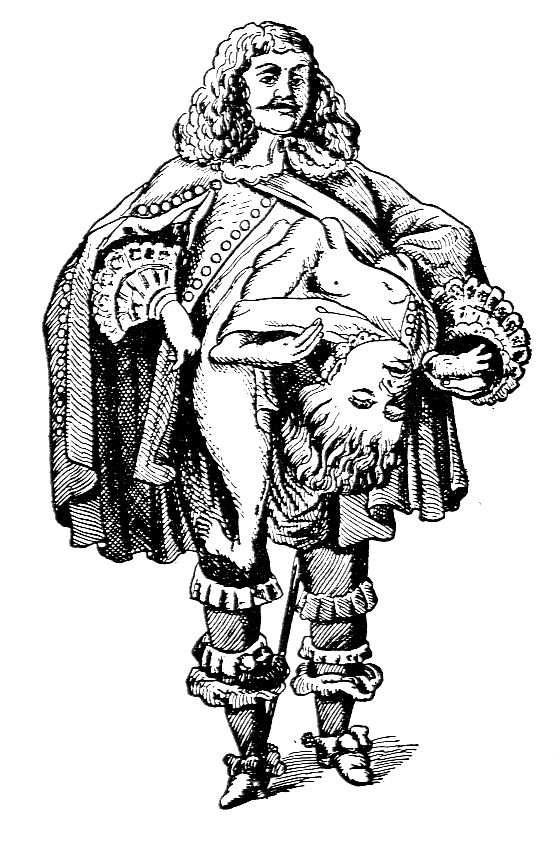
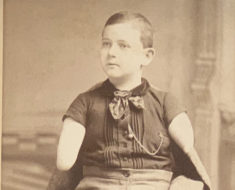
![Toby The Sapient Pig, 1817 [Public domain], via Wikimedia Commons](https://www.weirdhistorian.com/wp-content/uploads/2017/05/Tobythesapientpig-1871-crop-235x190.jpg)
